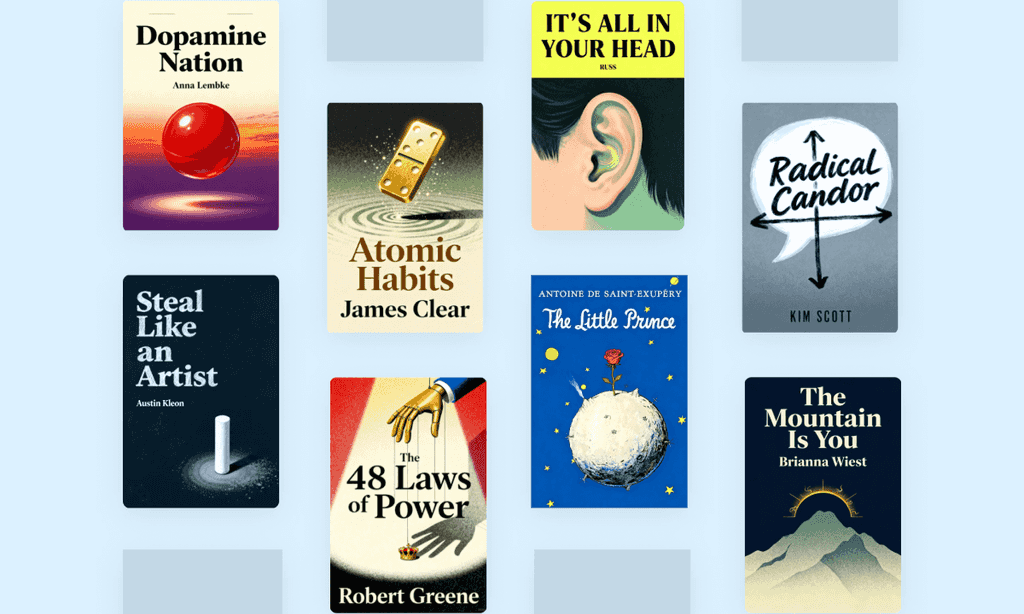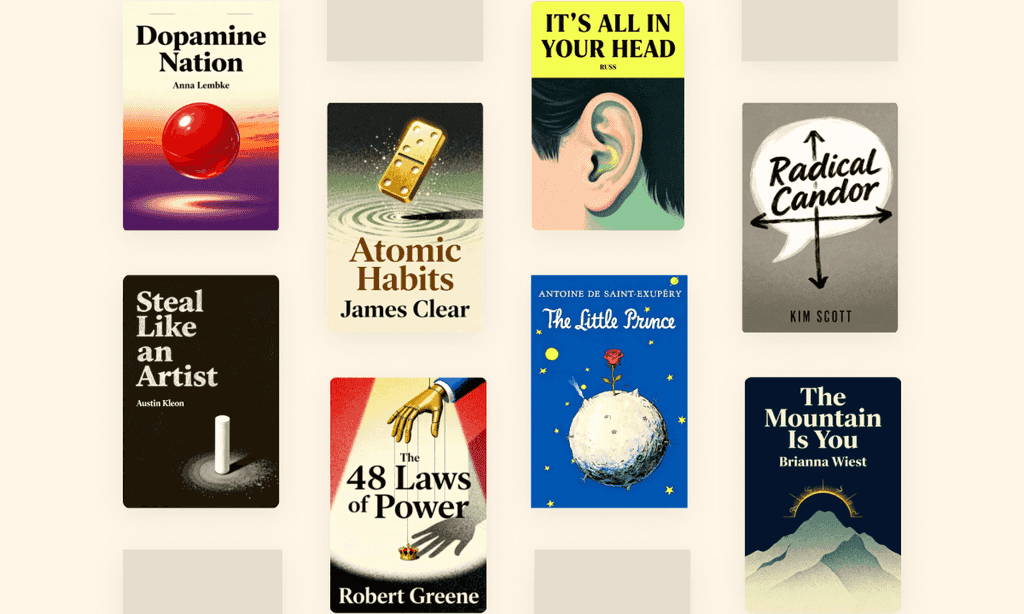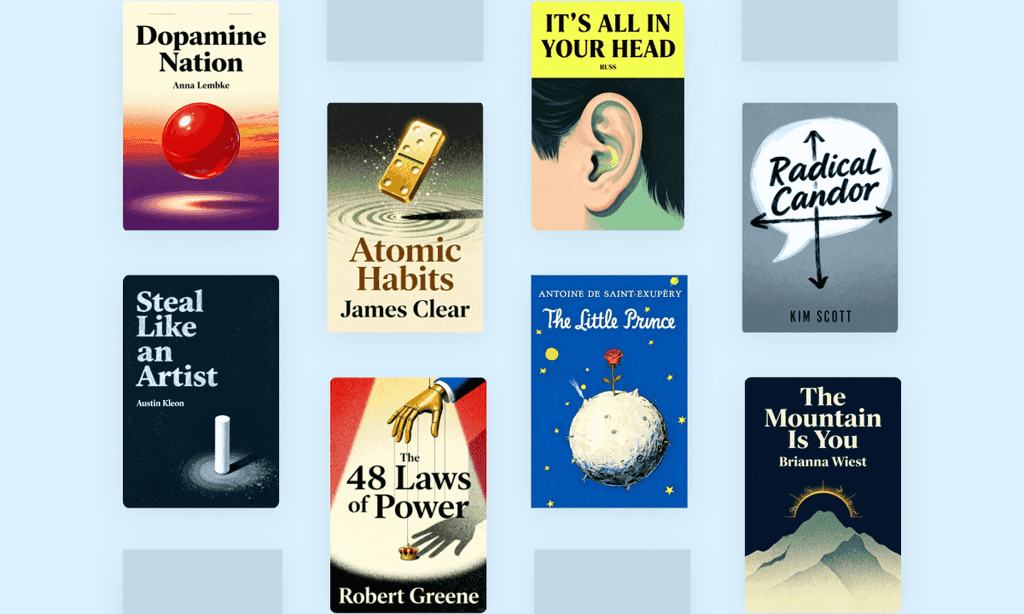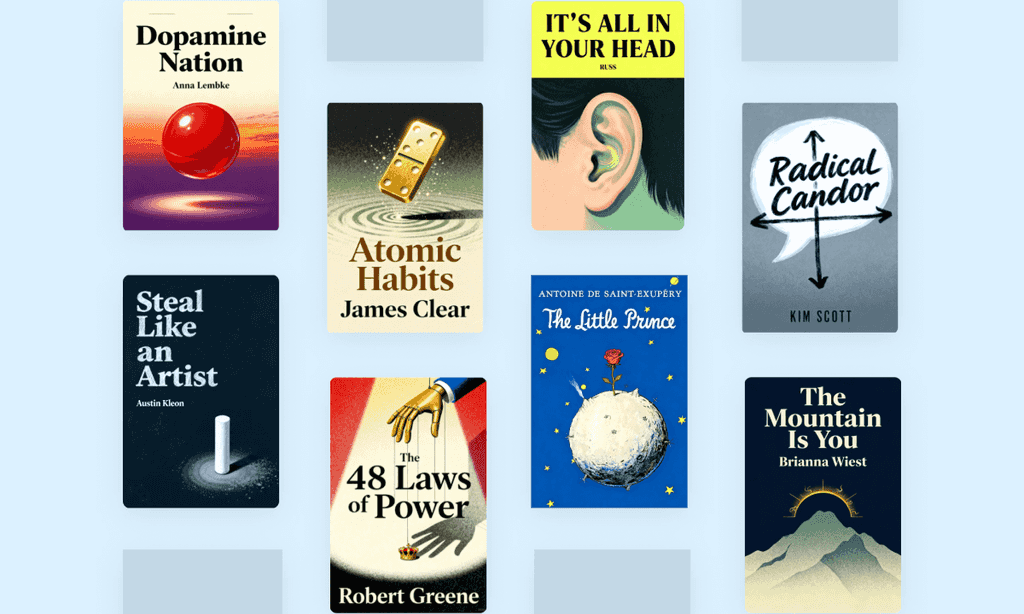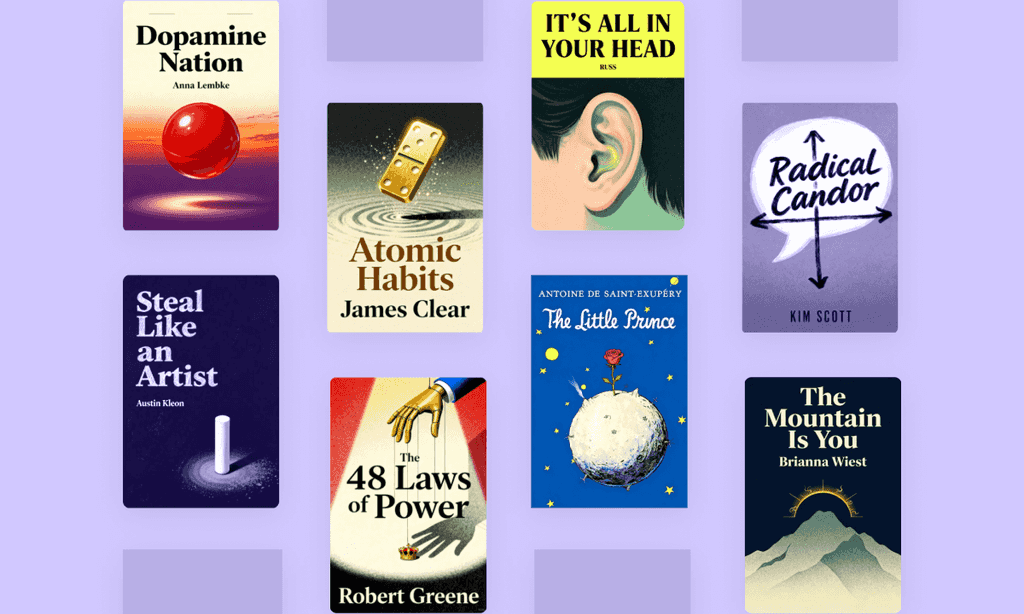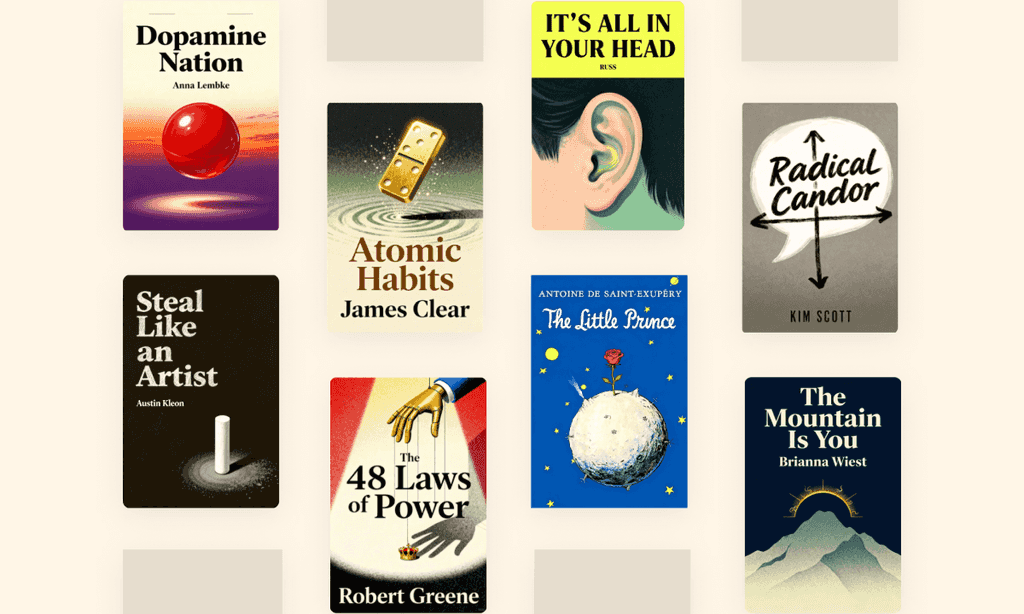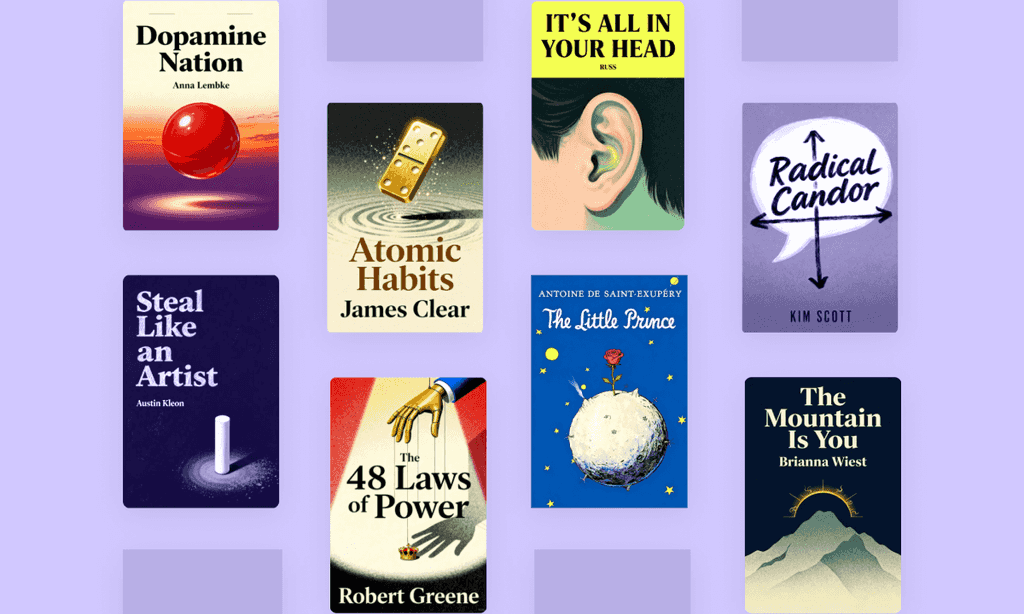The Old Man and the Sea by Ernest Hemingway

Overview of The Old Man and the Sea
Hemingway's Pulitzer-winning masterpiece follows an aging Cuban fisherman's epic battle with a marlin. The book that secured his Nobel Prize captivated Spencer Tracy and generations of readers with its deceptively simple tale of human endurance against overwhelming odds.
About its author - Ernest Hemingway
Ernest Miller Hemingway (1899–1961), Nobel Prize-winning author of The Old Man and the Sea, is celebrated for his concise prose and exploration of themes like perseverance and humanity’s struggle against nature. A defining figure in 20th-century literature, Hemingway’s works, including A Farewell to Arms and For Whom the Bell Tolls, often draw from his experiences as a war correspondent and avid outdoorsman. His time in Cuba deeply influenced The Old Man and the Sea, reflecting his fascination with resilience and existential triumph.
Hemingway’s stripped-down "Iceberg Theory" of writing revolutionized modern fiction, earning him the 1954 Nobel Prize in Literature for "his mastery of the art of narrative." As a journalist, he covered pivotal events from the Spanish Civil War to World War II, embedding authenticity into his storytelling.
The Old Man and the Sea, which won the 1953 Pulitzer Prize for Fiction, has been translated into over 50 languages and remains a cornerstone of American literature. The novella’s enduring legacy is cemented by its status as required reading in schools worldwide, with more than 10 million copies sold.
Key Takeaways of The Old Man and the Sea
- Perseverance defines dignity even in unavoidable defeat.
- The marlin symbolizes life’s ultimate challenge and respect.
- Sharks embody destructive forces that test human resolve.
- Santiago’s mast-carrying mirrors Christ’s sacrifice and suffering.
- Aging versus youth echoes through lions and Manolin.
- Hemingway’s sparse prose underscores struggle’s raw authenticity.
- Pride fuels heroic effort but demands tragic acceptance.
- The sea conceals and reveals life’s cyclical trials.
- Defeat’s glory lies in unwavering resolve, not victory.
- Manolin’s loyalty highlights mentorship’s role in legacy.
- Joe DiMaggio’s resilience inspires Santiago’s enduring spirit.
- Hemingway equates the marlin battle with existential purpose.










